at the risk of starting another soil discussion...
blutarski
14 years ago
Related Stories

GARDENING GUIDESHow to Stop Worrying and Start Loving Clay Soil
Clay has many more benefits than you might imagine
Full Story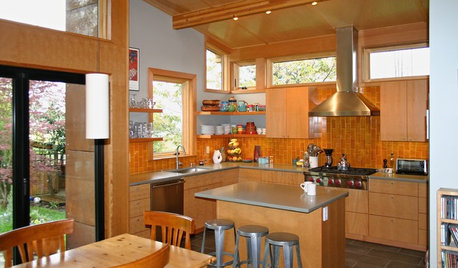
CONTRACTOR TIPS10 Things to Discuss With Your Contractor Before Work Starts
Have a meeting a week before hammers and shovels fly to make sure everyone’s on the same page
Full Story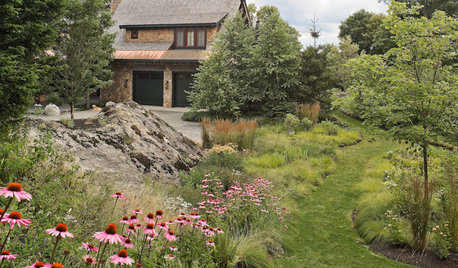
GARDENING GUIDES13 Risks to Take for True Garden Rewards
Go ahead, be a rebel. Breaking rules in the garden can lead to more happiness, creativity and connection with the earth
Full Story
GARDENING GUIDESGardening Solutions for Heavy Clay Soils
What’s a gardener to do with soil that’s easily compacted and has poor drainage? Find out here
Full Story
GARDENING GUIDES10 Tips to Start a Garden — Can-Do Ideas for Beginners
Green up your landscape even if you're short on time, money and knowledge, with these manageable steps for first-time gardeners
Full Story
MOST POPULAR10 Things to Ask Your Contractor Before You Start Your Project
Ask these questions before signing with a contractor for better communication and fewer surprises along the way
Full Story
ARCHITECTUREDesign Practice: How to Start Your Architecture Business
Pro to pro: Get your architecture or design practice out of your daydreams and into reality with these initial moves
Full Story
DESIGN PRACTICEDesign Practice: Start-up Costs for Architects and Designers
How much cash does it take to open a design company? When you use free tools and services, it’s less than you might think
Full Story
HOUSEPLANTSHow to Grow Orchids Indoors
Orchids are the exotic aristocrats of the flower world and can make themselves comfortable in almost any home
Full Story
REMODELING GUIDESCool Your House (and Costs) With the Right Insulation
Insulation offers one of the best paybacks on your investment in your house. Here are some types to discuss with your contractor
Full Story





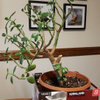

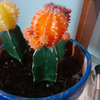
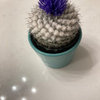
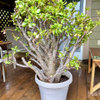
rjj1
penfold2
Related Professionals
White Oak Landscape Architects & Landscape Designers · Methuen Landscape Contractors · North Haven Landscape Contractors · Peachtree City Landscape Contractors · Pleasanton Landscape Contractors · Soddy Daisy Landscape Contractors · Marietta General Contractors · Roseburg General Contractors · Fitchburg Carpenters · Laguna Niguel Carpenters · Woodstock Carpenters · Alvin Decks, Patios & Outdoor Enclosures · Kearns Decks, Patios & Outdoor Enclosures · Miami Decks, Patios & Outdoor Enclosures · Pittsburgh Decks, Patios & Outdoor Enclosuresbunnygurl
xerophyte NYC
meyermike_1micha
rjj1
norma_2006
rjj1
Jack Reynolds
xerophyte NYC
blutarskiOriginal Author
blutarskiOriginal Author
blutarskiOriginal Author
norma_2006
rjj1
blutarskiOriginal Author
meyermike_1micha
paracelsus
blutarskiOriginal Author
paracelsus
plant_junkie
penfold2
Jack Reynolds
meyermike_1micha
xerophyte NYC
plant_junkie
penfold2
plant_junkie
blutarskiOriginal Author
xerophyte NYC
blutarskiOriginal Author
xerophyte NYC
penfold2
meyermike_1micha
joscience